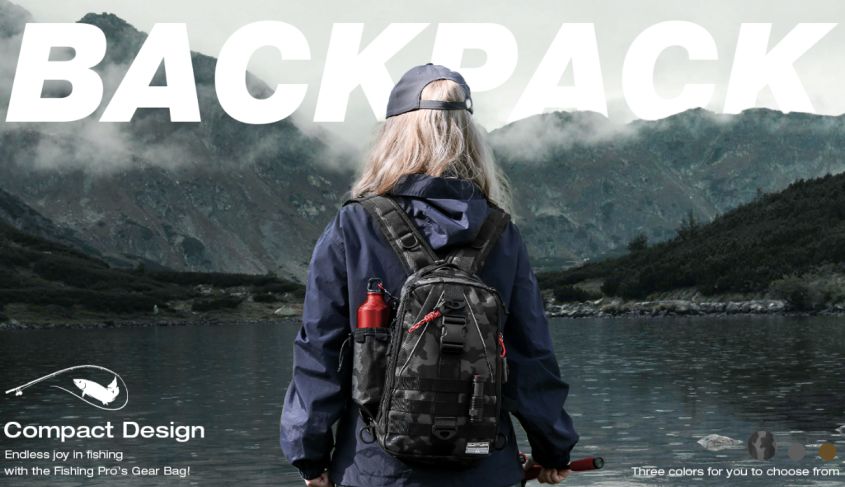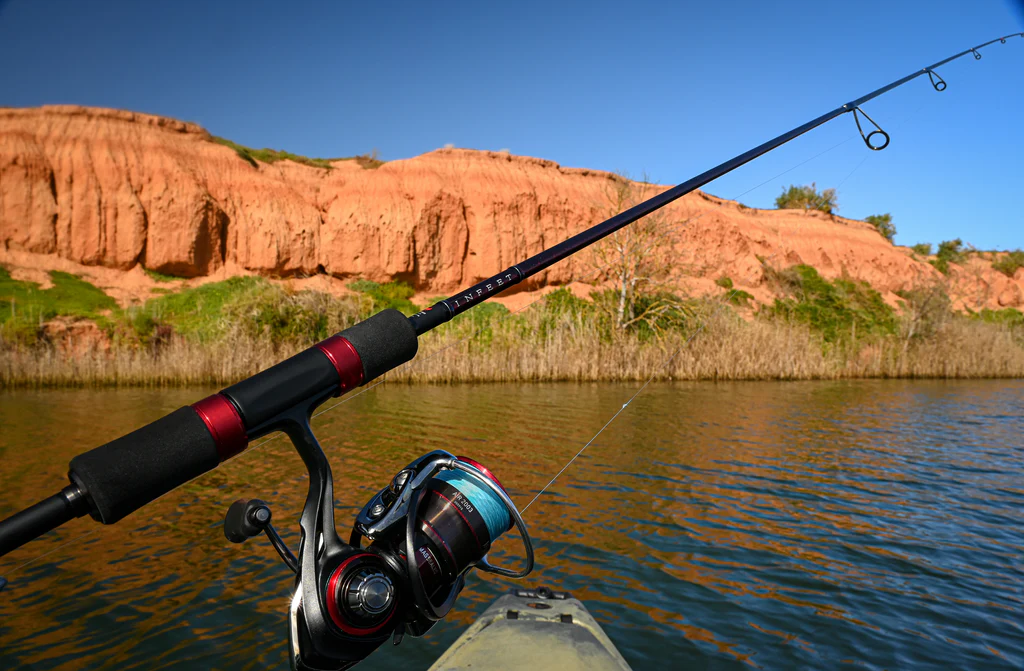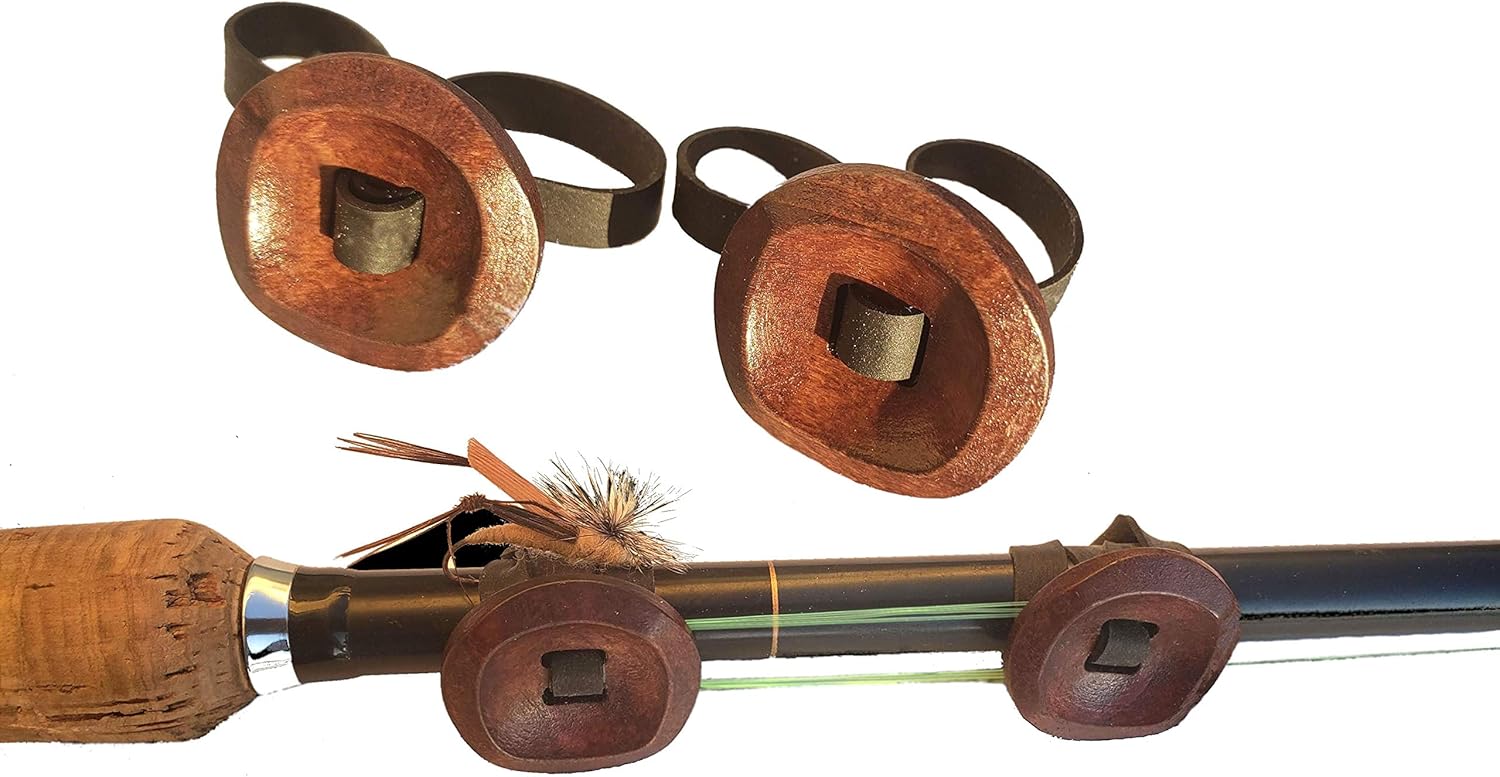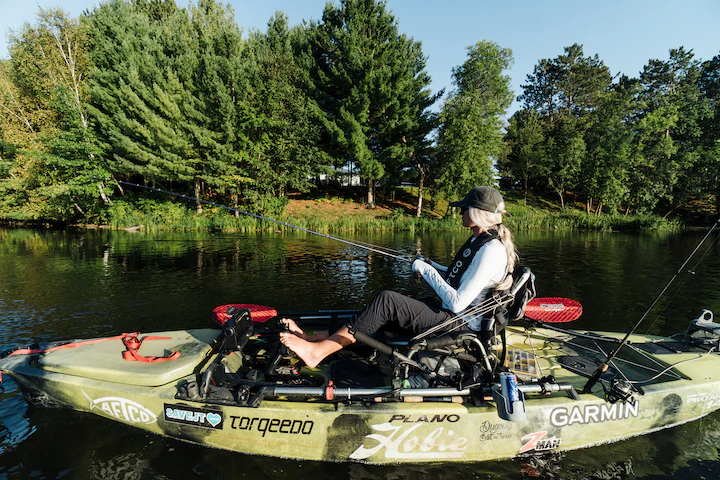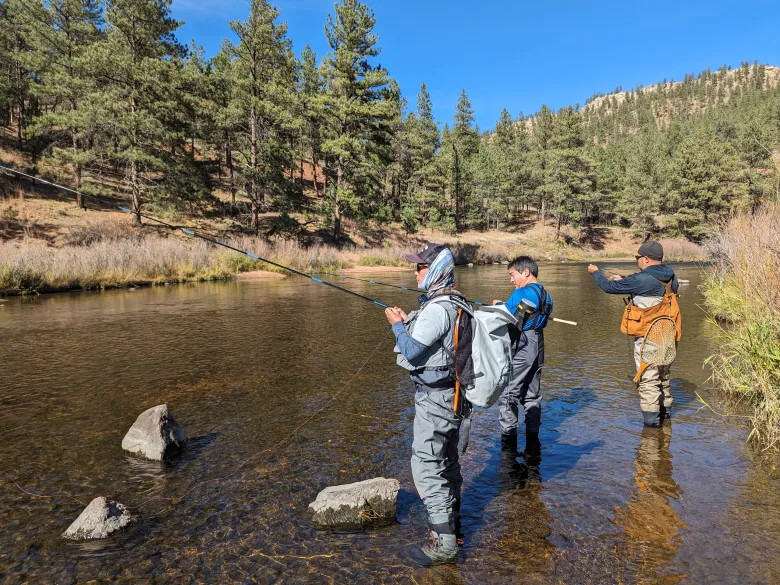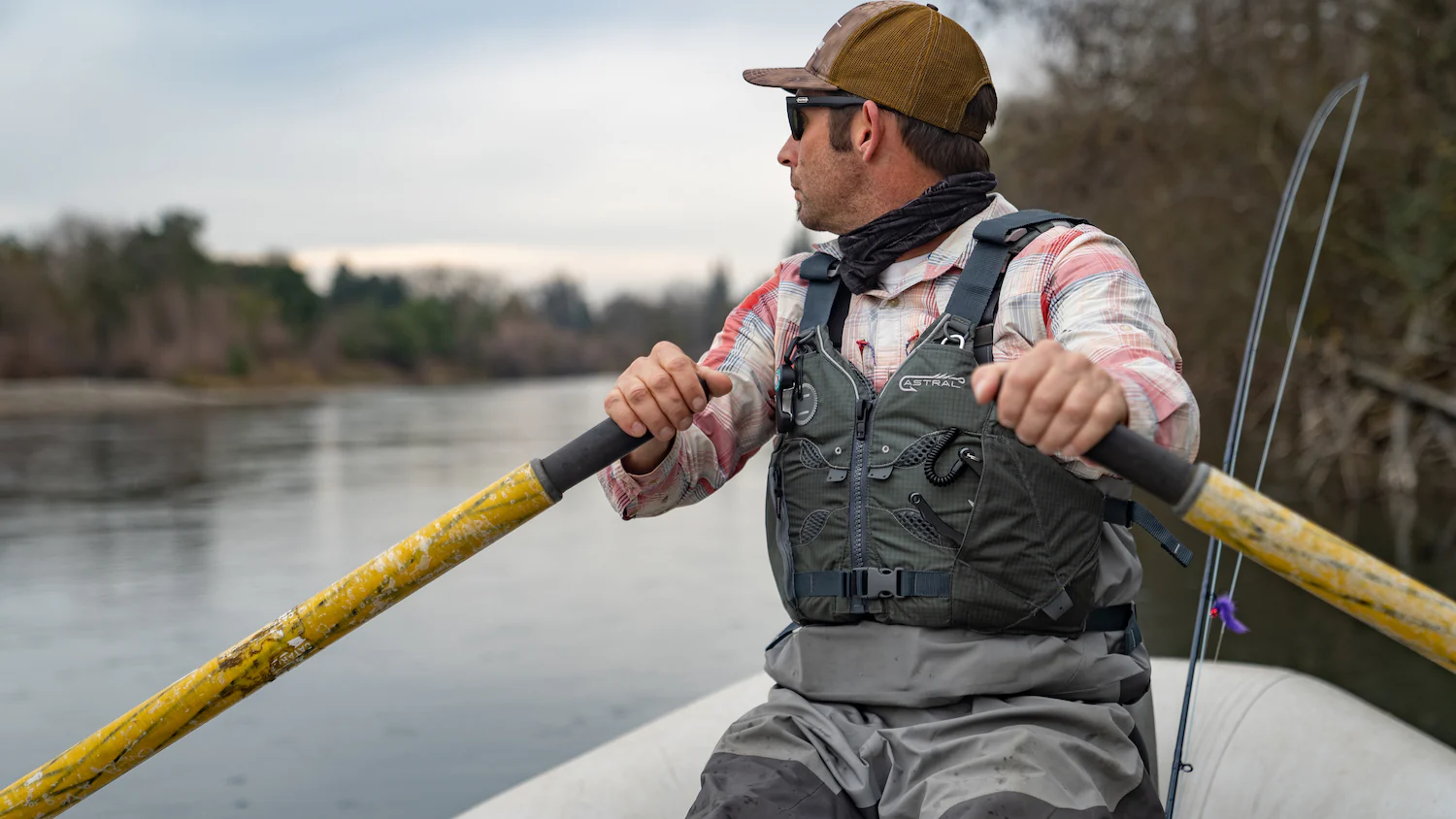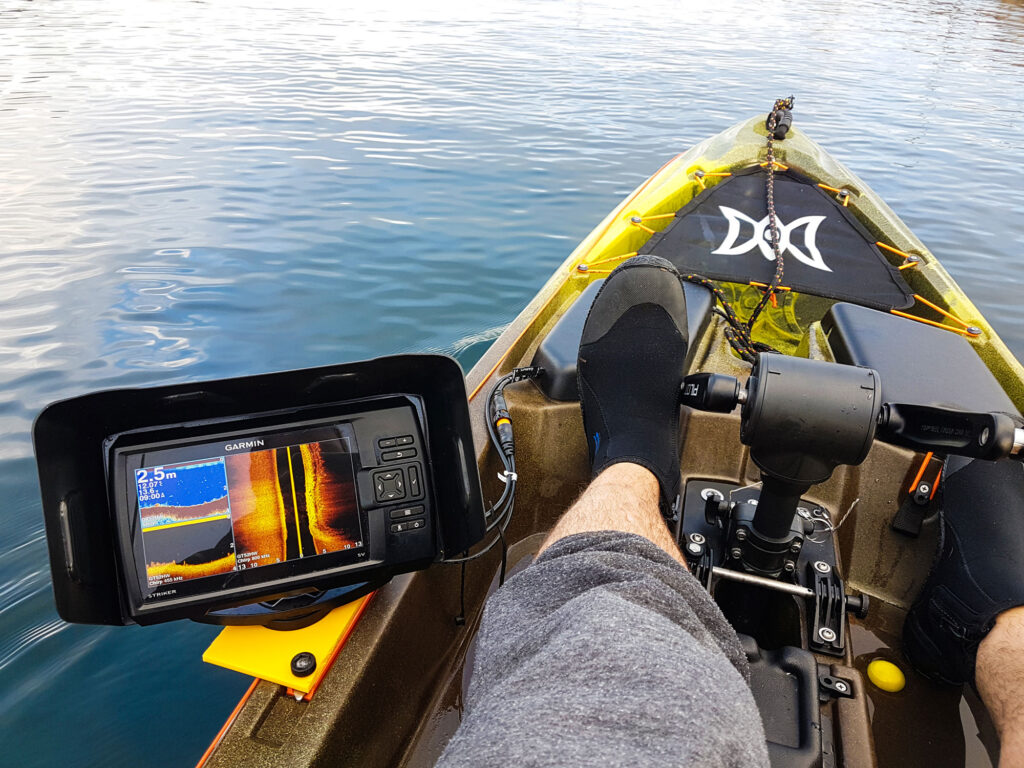Table of Contents
This article aims to help anglers choose the right bait for various types of fish, especially bass. This will ensure a rewarding fishing experience.
Whether you are a newbie or an experienced angler, what you bring to the pond will impact your catch rate. Using the right bait can help you reel in some big ones.
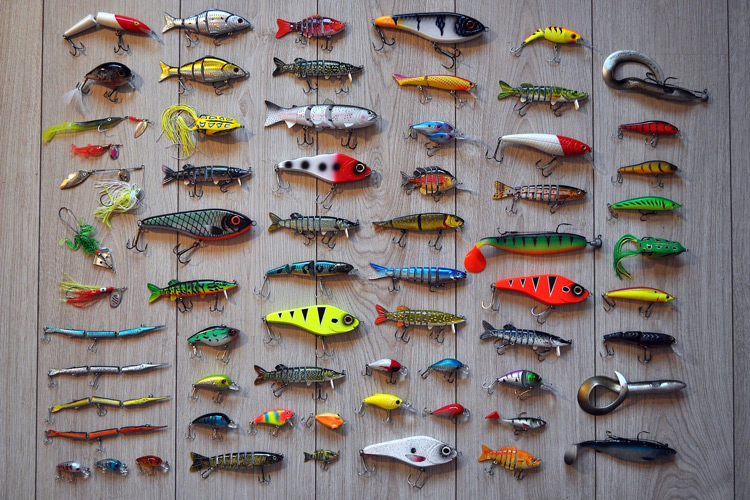
What is a Fishing Bait?
Fishing bait is an attractor for a fish. It pulls them towards the fish hook to make them the target of catch. It can cover different cases. These include artificial baits that look and act like prey, and natural baits, like live worms, insects, or smaller fish.
A selection of bait would be key because it will surely lead the eyes of designated fish species. The good bait not only is excellent looking but also issued stents and vibrations that can be followed by the fish’s instinct.
Fishing bait has evolved. Today, fishermen have many gear options. They can customize their approach based on the fish they target. The artificial lure is one example. It is designed and engineered based on the fishing conditions and people’s preferences.
The palette of colors, shapes, and movements makes them more universal. However, natural baits require more effort to obtain and keep fresh. They have authentic scents and textures that tempt fish. So, they appeal to those wanting a traditional fishing experience.
Different Types of Fishing Bait
Live baits:
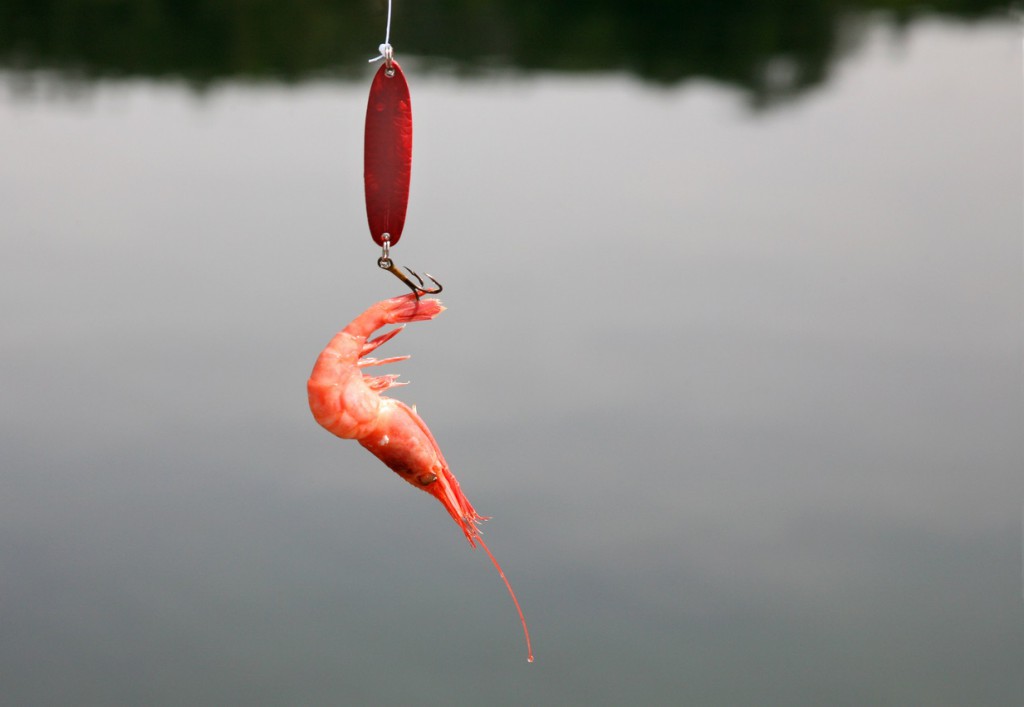
The use of real bait is very efficient due to its being natural looking, having a vibrancy and touch of smell that many species are used to on an innate level. Crayfish, minnows, worms, grasshoppers, and cricket are just among the popular live forms used for bait in angling.
The lures of these baits have just the desired effect, as they build through imitating a predator’s instinctive response. To guarantee great success, use live bait. It must match the fish’s tastes and movements. Also, it must consider its sense of smell and movement to hunt.
Like live baiting, this requires proper care and storage. It must stay fresh and effective. Any bad-looking or lethargic bait will reduce the catch.
Fishermen using live bait must know its restrictions. Some areas have this rule to prevent the spreading of invasive species. This might mean that live bait is a powerful tool for anglers. But, it is a more demanding tool. It needs extra preparation and is the angler’s responsibility.
Dead baits:
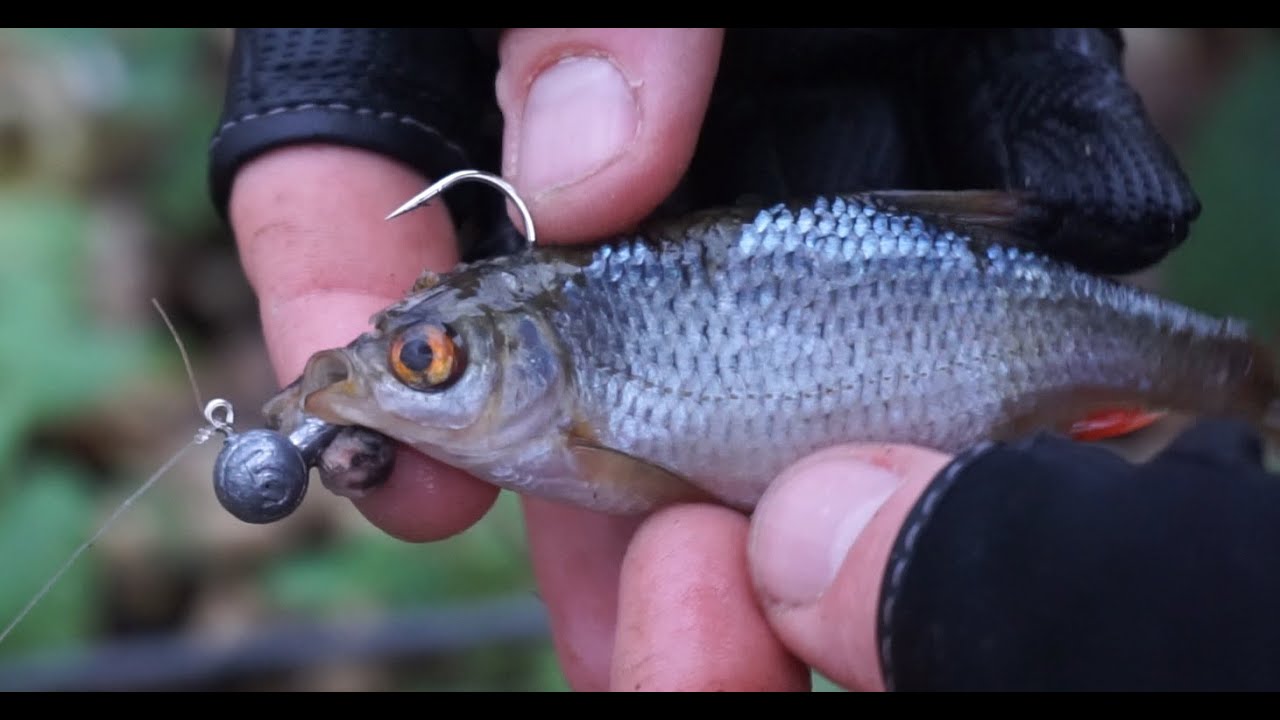
Dead bait is a rather important place in the fishing world because of their ring of versatility and ease of use. The bait is composed of fish remains, the whole carcass of dead fish or other deceased sea creatures, therefore, tempting fish by scent.
Also, you can add options to your dead baits. This will make them more appealing to the fish. Adding holes or cracks in the bait can make the scent trail more rhythmic, consequently helping the fish to find the bait.
This technique is extremely efficient when the visual decoration is at a low level, by night, or in cloudy and depth waters, where visibility is low. The dead bait works. It attracts a range of fish. The scent is the same for different species at the same time. It won’t work if you need to catch a certain class of fish.
Tips to consider while getting the best fishing bait
Quality or freshness:
The freshness or quality of the bait may make or break you, depending on how well you play. Speaking of fresh bait, it is proven to have a stronger scent and is more natural than the prepacked one in the store. If you use live bait, check its energy. If it is sluggish and looks lousy, it won’t catch fish.
Likewise, nothing contrasts between using fresh dead bait to using very fresh dead bait. The stale or outdated bait may not attract but rather, discourage the fish. As a result, reliable sources of bait are needed especially where it is kept until consumption as quality matters.
Considering the bait species in addition to freshness is another factor that must be looked at when talking about the target fish. Certain fish will feed on some scents, but not others. Some will respond to the texture.
Find out what your prize species is like. Or, ask local anglers. They can tell you the best baits and flavors to attract them. Keep in mind that finding out what works for you as long as it makes the experience delightful and worthwhile is the best approach.
Availability:
The bait’s availability is one more of the key features that are worth your consideration during your planning of the premise. Local anglers mostly prefer bait that mimics native food. It increases their chances of getting more bites. Local bait shops often provide fresh info on the best fishing methods. They base it on recent spring reports and their research.
Also, native bait there supports the activity’s low cost and sustainability. It avoids long-distance transport and non-native species.
However, the best baits may be scarce at times. This can be due to seasonal availability or other environmental factors. For this reason, fishing should be flexible. If the regular methods fail, fishermen should try other effective methods.
You must know the diet of your potential species population. It is key to choosing the best substitute. So, learning to use both artificial lures and backups is key. It will ensure you never face disappointment in finding your baits, no matter their availability in nature.
Price:
The price of fishing bait can greatly fluctuate with the type, the arrival date on the market, and its origin: different features. A wise choice is not to compromise on ‘price vs. quality.’ Don’t seek the cheapest option to save costs and then try to fix it later. Sometimes, the better option may be to get premium bait. It could help you catch fish that seem larger in the water.
Also, consider a bulk purchase if you fish often. It’s cheaper in the long run and gets you a better price. On the other hand, be sure that the one used as bait will not go bad and could be kept long enough.
Moreover, casual anglers and budget-minded people can find cheap, efficient methods to cut costs. Most skilled anglers will use juicy, homemade bait. If not, they’ll use the best substitute that still attracts their target fish.
Local fishing forums are a great way to find cheap, effective bait for nearby areas. Finally, the best way is to find a balance between how expensive methods work and how they measure outcomes. It is much better to do the most interventions that you can afford than the best intervention you can.
Target species:
The kind of fish you are going after can be more or less influencing the type of bait you will need. Different fish species have unique feeding preferences. Worms used as bait may work for one type of fish but not for another. Before heading out, do some research on the dietary habits of the target species to allow for an enhanced experience.
Local fishing stores, guides, and online forums are the best tools for finding out what works to catch a specific fish species. So, consider the season, water temperature, and habitat (lake, river, freshwater, salt) when choosing your bait.
The trial-and-error process is not a rare thing in fishing, and this includes selecting the ground bait too. If the fish aren’t biting, try different bait. Even if you find the best, recommended bait action. Often, an unusual-looking spot of water might produce a good day of fishing when everything else seems not to.
Spend some time finding out what the fish are feeding on at your home waters to get ideas of what lures to use. The best fishermen are those who can be flexible and create solutions based on the water and fish behavior. These people have better outcomes than the others.
Matching the Hatch:
“Match the Hatch”, a phrase from fly fishing, is helpful in any category of sports fishing. By this term, I mean finding the food available for fish in a specific area. Then, get a bait or lure that looks like it.
This idea is based on a simple theory. Fish are more tempted to bite at bait that looks like, and moves like, their natural prey. At times, it should smell like it too.
Anglers can modify their approach to attract target fish. They do this by mimicking insects that small fish or other organisms are eating. It’s a methodology that calls upon key intelligence and changes the battle plan regularly.
The Matching the Hatch method can be simple or complex. It can be as basic as using a bait that closely matches local baitfish. Or, it can be as advanced as using a fly pattern that perfectly replicates an insect’s life cycle stage. For example, if you see trout feeding on small insects, a good tactic is to fish with a dry fly that matches the insect.
Just like this, if the bass is looking for black shad, changing to silver crankbait will enhance your hook-up percentage. The bait is realistic. Its target fish prefer it. So, there will be more bites and successful fishing trips.

